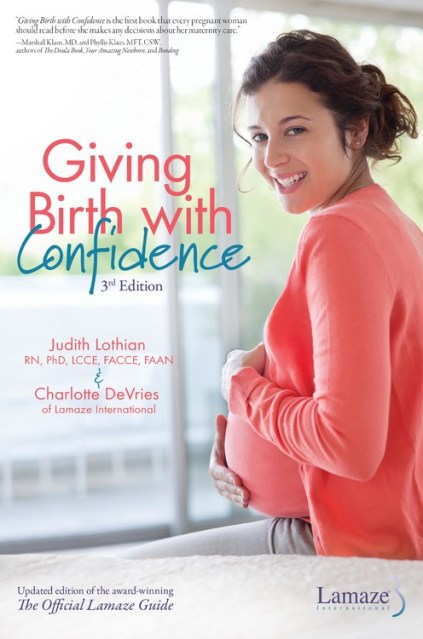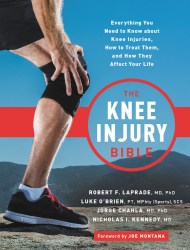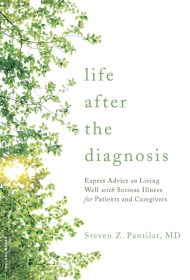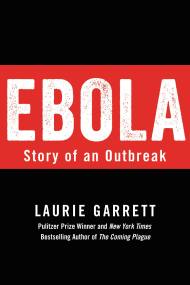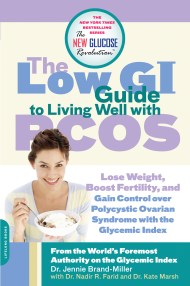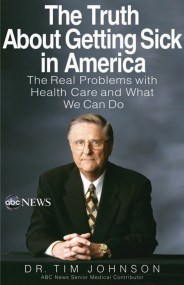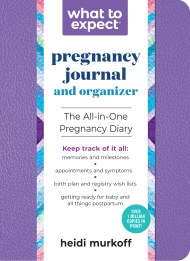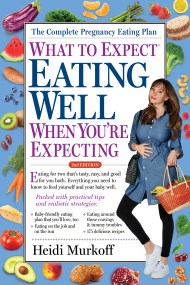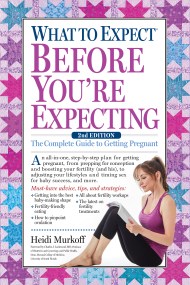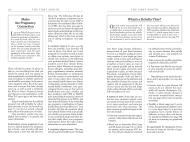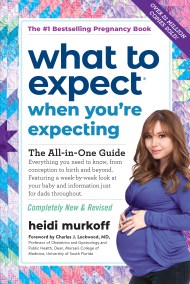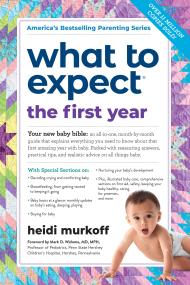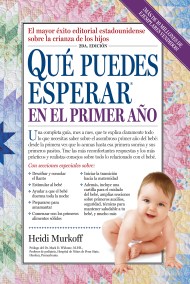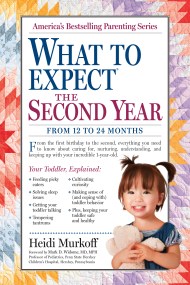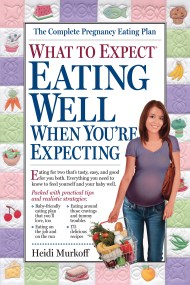Promotion
Use code MOM24 for 20% off site wide + free shipping over $45
Giving Birth With Confidence (Official Lamaze Guide, 3rd Edition)
Contributors
By Charlotte DeVries
Formats and Prices
Price
$16.99Price
$22.99 CADFormat
Format:
- Trade Paperback $16.99 $22.99 CAD
- ebook $9.99 $12.99 CAD
- Audiobook Download (Unabridged) $27.99
This item is a preorder. Your payment method will be charged immediately, and the product is expected to ship on or around March 28, 2017. This date is subject to change due to shipping delays beyond our control.
Also available from:
Giving Birth with Confidence is the first and only pregnancy and childbirth guide written by Lamaze International, the leading childbirth education organization in North America. Written with a respectful, positive tone, this book presents:
• Information to help you choose your maternity care provider and place of birth
• Practical strategies to help you work effectively with your care provider
• Information on how pregnancy and birth progress naturally
• Steps you can take to alleviate fear and manage pain during labor
• The best available medical evidence to help you make informed decisions
Previously titled The Official Lamaze Guide, this 3rd edition has updated information on:
• How vaginal birth, keeping mother and baby together, and breastfeeding help to build the baby’s microbiome.
• How hormones naturally start and regulate labor and release endorphins to help alleviate pain.
• Maternity-care practices that can disrupt the body’s normal functioning.
• The latest recommendations on lifestyle issues like alcohol, vitamins, and caffeine.
• Room sharing and cosleeping: the controversy, recommendations, and safety guidelines.
• Out-of-hospital births are on the rise: New research and advice on planned home birth, including ACOG’s revised guidelines, which support women’s choices and promote seamless transfer to hospital, if needed.
• The importance of avoiding unnecessary caesareans for mother and child. Includes the new ACOG guidelines on inductions and active labor.
• The research in support of the Lamaze International’s “Six Healthy Birth Practices,” which are:
• Let labor begin on its own.
• Walk, move around, and change positions throughout labor.
• Bring a loved one, friend, or doula for continuous support.
• Avoid interventions that aren’t medically necessary.
• Avoid giving birth on your back and follow your body’s urges to push.
• Keep mother and baby together—it’s best for mother, baby, and breastfeeding.
Genre:
- On Sale
- Mar 28, 2017
- Page Count
- 288 pages
- Publisher
- Da Capo Press
- ISBN-13
- 9781501148569
Newsletter Signup
By clicking ‘Sign Up,’ I acknowledge that I have read and agree to Hachette Book Group’s Privacy Policy and Terms of Use
